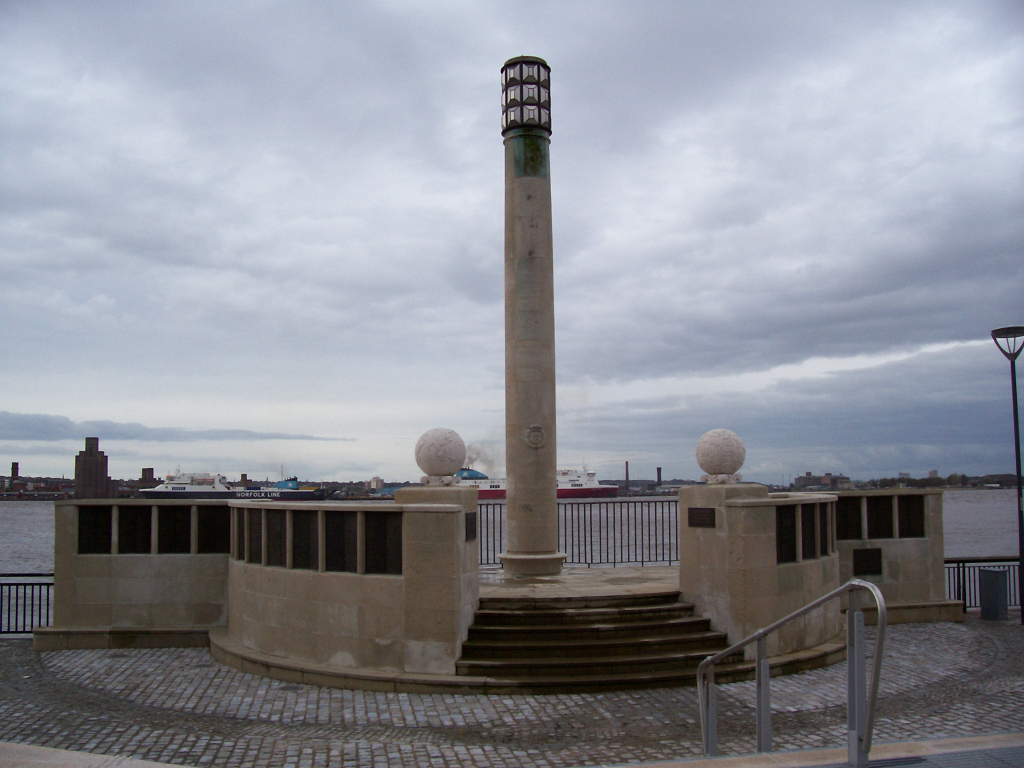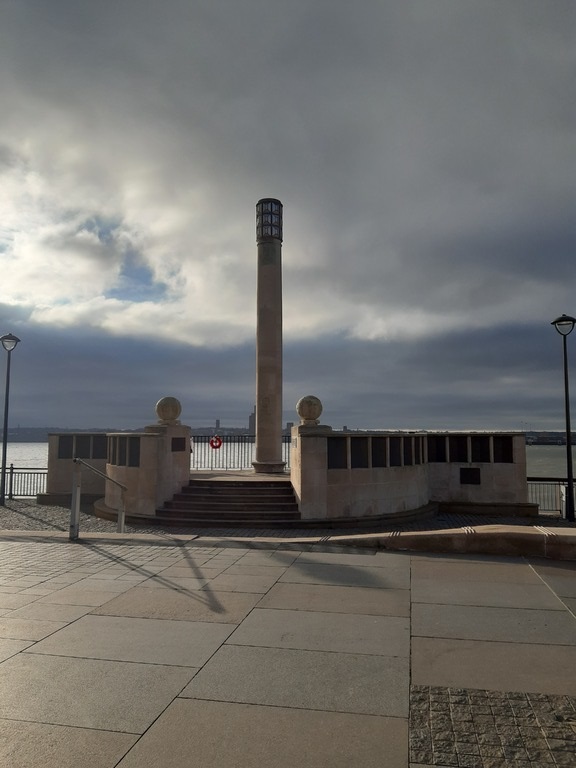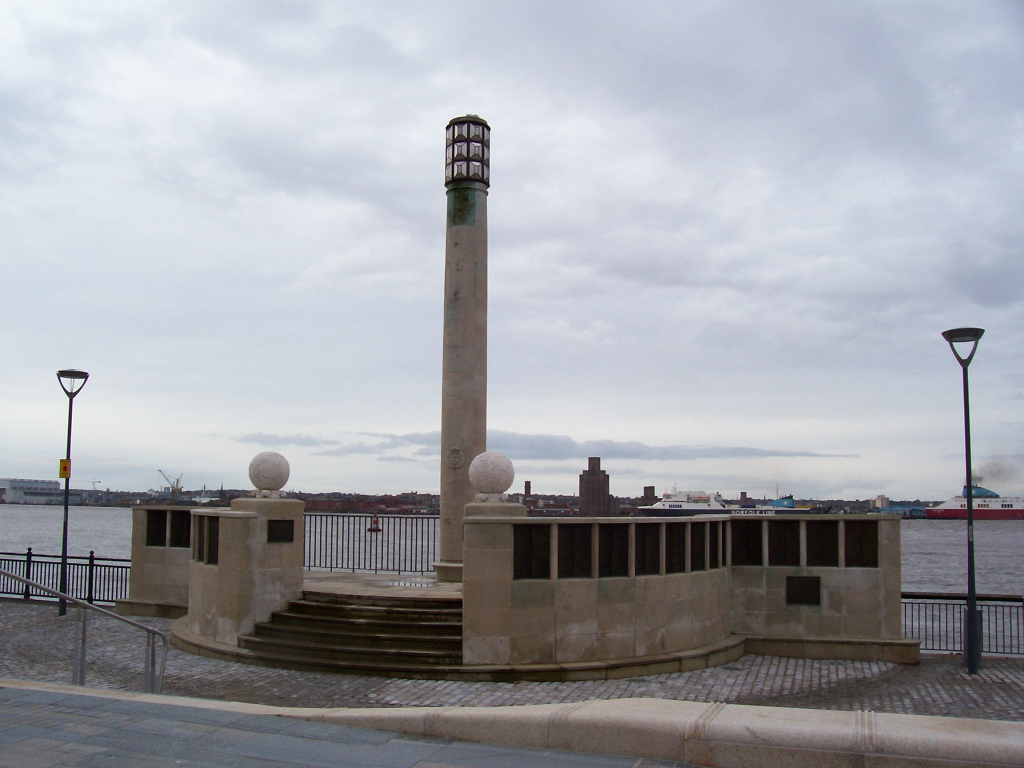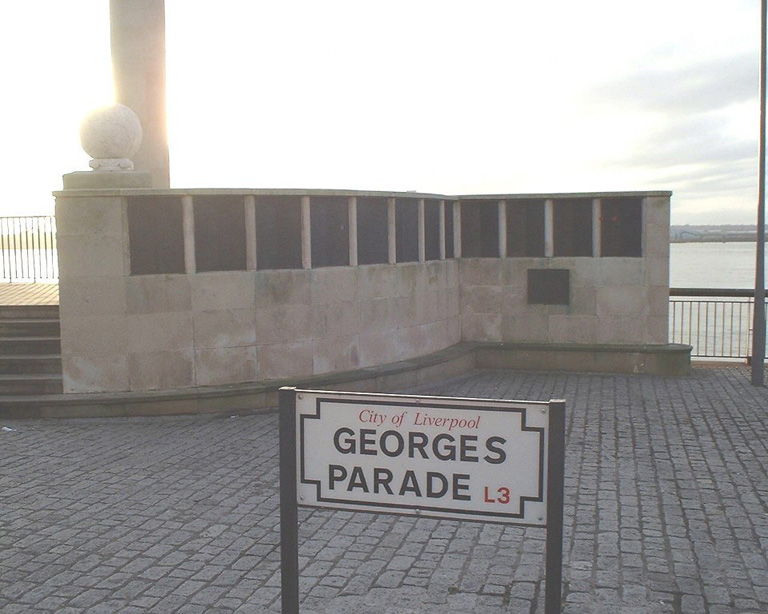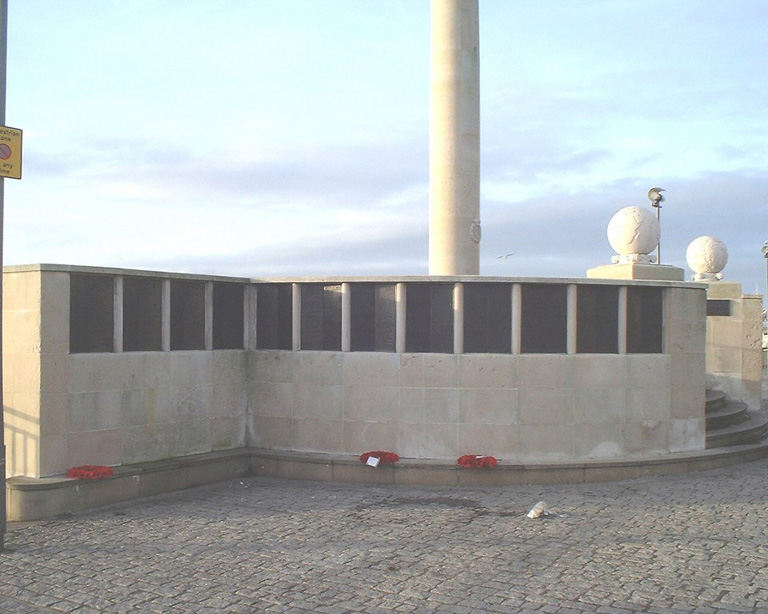Liverpool Naval Memorial
- Country United Kingdom
- Total identified casualties 1407 Find these casualties
- Region Lancashire
- Identified casualties from Second World War
- GPS Coordinates Latitude: 53.40349, Longitude: -2.99659
Liverpool Naval Memorial
Discover more about the history of Liverpool Naval Memorial and plan a visit through our Our War Graves, Your History project.
Find out moreLocation information
The memorial is next to the Museum of Liverpool and directly in front of the Port of Liverpool Building at the end of James Street, Liverpool. From the M62 motorway, visitors should follow signs for the city centre and Maritime Museum.
Visiting information
PARKING
There are no parking facilities, except those for emergency and service vehicles.
ACCESS, LAYOUT AND MAIN ENTRANCE
There is open access to the memorial which sits in a prominent position on the Waterfront. The memorial consists of a 32-foot column of Portland stone, at the top of the column is a reflecting lantern.
The memorial is partially surrounded by a stone wall with bronze panels, where the names of the missing are recorded. The paths and access routes around the memorial are cobbled.
The memorial column is raised above street level on a stepped platform. Access to the column is by climbing steps onto a stone flat surface. There are two Portland stone globes (depicting terrestrial and celestial spheres) on top of two stone entrance posts that stand in front of the steps leading to the memorial column.
ALTERNATIVE ACCESS
There is ramp access from the main pedestrian area surrounding the memorial, up to the bottom steps of the platform with the column on top. If ascending or descending from street level using steps, there is a handrail positioned in the centre of the steps.
ADDITIONAL INFORMATION
Liverpool Naval Memorial is permanently open.
Parking is available at Bootham Plaza Car Park – approximately five minutes’ walk from The Naval Memorial.
NCP, Liverpool, Rumford Street is approximately a ten-to-fifteen-minute walk from the Naval Memorial.
History information
At the outbreak of the Second World War, it was evident that the Royal Navy would not be able to man all the auxiliary vessels that would serve with it. To deal with the shortfall in manpower, a number of officers and men of the Merchant Navy agreed to serve with the Royal Navy under the terms of a T.124 agreement, which made them subject to Naval discipline while generally retaining their Merchant Navy rates of pay and other conditions. The manning port established to administer these men was at Liverpool.
More than 13,000 seamen served under these conditions in various types of auxiliary vessels, at first mainly in armed merchant cruisers, but also in armed boarding vessels, cable ships, rescue tugs, and others on special service.
The Liverpool Naval Memorial commemorates 1,400 of these officers and men, who died on active service aboard more than 120 ships, and who have no grave but the sea.
The great majority of Merchant Navy men, who did not serve with the Navy, but with merchant ships, are commemorated on the Merchant Navy Memorial, at Tower Hill in London.
The memorial was designed by C. Blythin and S.H. Smith and was unveiled by the Admiral of the Fleet, The Viscount Cunningham of Hyndhope, K.T., G.C.B., O.M., D.S.O., on the 12th November 1952.


